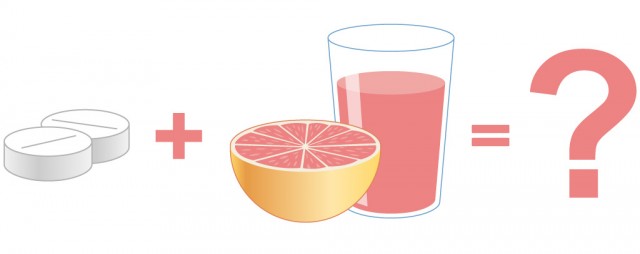The Trivers-Willard hypothesis states that when conditions are good, parents have more male offspring; and when conditions are poor, parents have more female offspring. The thinking behind this is that in favourable conditions males will be able to mate with many females before they die and have a greater chance of passing on their genes; and when conditions are poor males will not be able to mate with as many females and are more likely to be out-competed, and therefore a female will have more chance of passing on genetic material than any particular male.
The Trivers-Willard hypothesis seems to hold true for human beings. In a study of the Forbes Billionaires List it was found* that the children of billionaires were 60% male, and if only male billionaires were considered then this percentage rose to 65%. The effect was the same whether the billionaires were self-made or had inherited their fortunes, suggesting that if there was a biological reason for success in business it was not relevant in selecting the sex of offspring.
It is uncertain what causes the Trivers-Willard effect, but a 2001 paper suggested† that “condition” was linked to the availability of food and of glucose in this food, and that the presence of elevated levels of glucose in the mother’s blood favours the survival of male blastocysts. This has led to the idea of the “Trivers-Willard Diet“, designed to enable parents to select the sex of their offspring.
* Elissa Cameron and Fredrik Dalerum, “A Trivers-Willard Effect in Contemporary Humans: Male-Biased Sex Ratios among Billionaires”, PLoS ONE 4(1) (2009): e4195. DOI: 10.1371/journal.pone.0004195.
† Melissa Larson et al, “Sexual dimorphism among bovine embryos in their ability to make the transition to expanded blastocyst and in the expression of the signaling molecule IFN-τ”, Proc Natl Acad Sci 98(17) (2001): 9677-9682. DOI: 10.1073/pnas.171305398.


